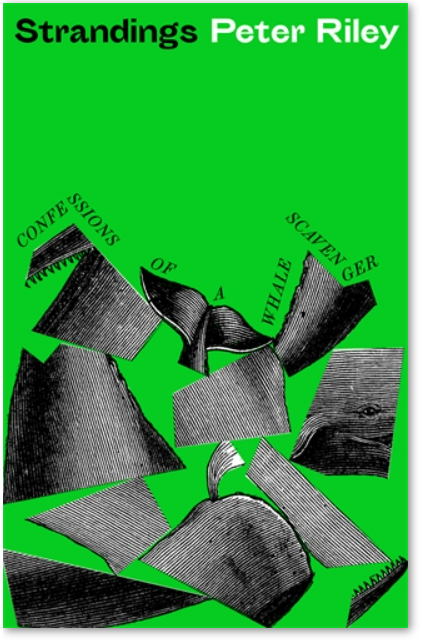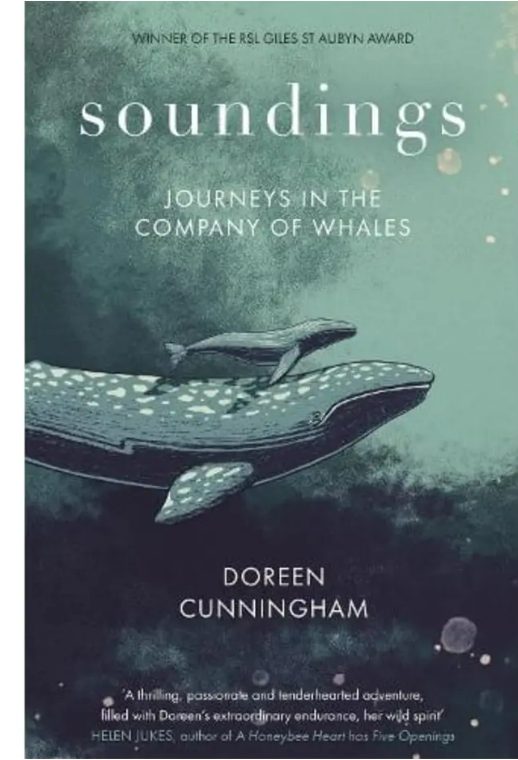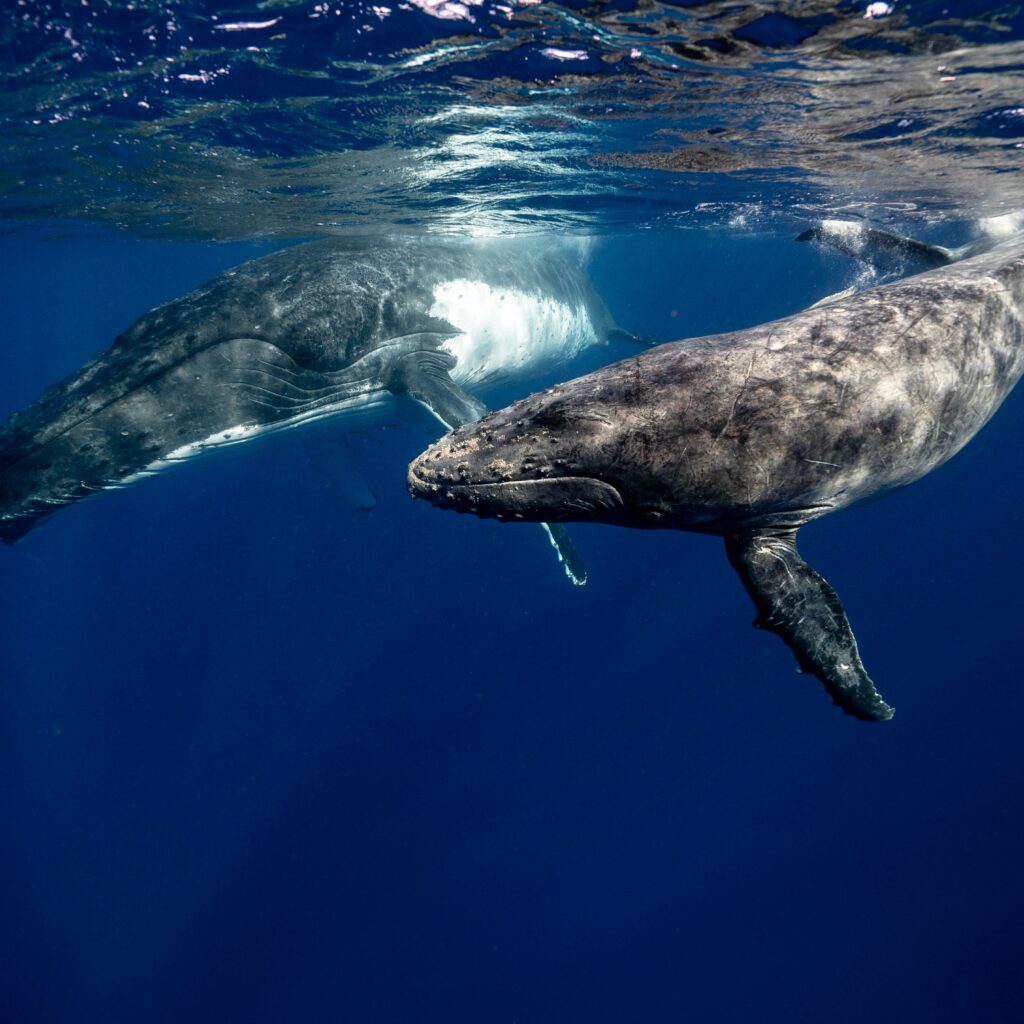Reviews: Strandings, Peter Riley, Profile
Soundings, Doreen Cunningham, Virago
Soundings and Strandings both deal, in their own ways, with the lives and deaths of whales, and the way people seek connections with them. Peter Riley has something of an obsession with whales, but is interested in how human society views them, in the afterlives of whale bones, in the motley group of collectors who defy laws and societal conventions to trade in bones and scrimshaw (pictures carved into whale teeth). Doreen Cunningham tracks living whales, seeking healing, community and an understanding of motherhood.

Whales strand regularly on the shores of the UK, where Riley lives, and always have, but while there is a theory that solar flares upset whales’ natural navigation systems, it’s also surmised – and fairly likely – that noise pollution – the hammering hum of ships and drilling, the whine of jetskis – does the same, especially in enclosed waterways.
Stranded whales, like comets, used to be seen as signs. In medieval times they indicated judgement, their sudden, off-putting conspicuousness marking a world off-kilter. Riley describes a stranded whale as like a moon fallen or a meteorite. A whale on a beach seems out of place, although it perhaps shouldn’t be, like finding a derailed train on a suburban street. It’s a sign of a larger world we are often oblivious to.
Scavenging, along with beachcombing, used to be normal. In places like Cape Cod in the nineteenth century, it was a much-needed supplement to other income-generating activities. A dead whale or a shipwreck was a bounty for coastal locals. Now, whale scavengers are seen as somewhat deviant and macabre – appropriately perhaps, since worldwide trade in illegal whale bones and teeth is sometimes for super-rich collectors. Sometimes whale artefacts are still used for witchcraft, an indication, perhaps, of human responses to the power of whales.
Riley’s first encounter with scavengers is when as a teen he is asked to help a woman clandestinely wrestle a sperm whale jaw into the boot of a car. The incident lodges in his brain, he keeps thinking about her, he goes in search of others in this whale subculture, to the point where he needs to go into therapy to deal with his whale – and whale-hunter – obsession. (It’s probably no surprise to learn that he’s also a Herman Melville scholar.) Riley meets ‘Big Blue’, a reclusive scavenger, an oracular figure out of an Iain Sinclair book, who trades in scrimshaw.
Riley also writes about the symbolic power of whales. In Moby Dick, the white whale’s meaning is multifarious, standing in for God or evil, certainly for powers beyond human control. The philosopher Hobbes uses the image of a whale for the nation state. Riley notes how Britain has historically been compared to the whale, in contrast to France, which is often compared to an elephant – both titanic creatures, or monsters, that feature in the Bible as leviathan and behemoth. Whales were also used symbolically during the financial crisis, with one rogue trader described as a whale, while the outgoing financial tide stranded many. The idea of stranding relates to Riley personally too, he finds.

Doreen Cunningham similarly finds herself stranded. Her book is an account of being suddenly a single parent and out-of-work. Rough, prickly and smart, she also tenderly compares her experience of mothering with that of mother whales guiding their calves through a watery world that is often dangerous. She decides to take her pre-schooler son on a whale-watching trip, following whales up the west coast of North America, as a form of therapy.
Her account alternates between Mexico, where whales are tourist curiosities, and the Arctic, where whales are integral to traditional lifestyles. She feels an affinity with the local people, who are always dealing with outsiders who want to explore, drill for oil or otherwise disrupt traditional lifestyles. One Alaskan elder identifies modern culture as a bigger problem than climate change, altering traditional ways detrimentally, although of course climate change makes its mark in reduced ice cover, affecting fishing and hunting times, while commercial fishing encroaches on traditional territory and pipelines upset the migrations of caribou.
Indigenous Alaskans are given allowances for hunting but also have deep respect for whales, an understanding of their place in ecosystems, which unavoidably includes death – for some whales, providing so that others can live. Part of Cunningham’s story is being an outsider (not to mention a vegetarian), coming to terms with this way of life, loving whales while doing so, and being welcomed into the community.
This, of course, complicates the story of whales and their relationships to humans. While in the West we have become ideologically conservation minded, our modern lifestyles are polluting the whales’ world and threatening their numbers, this on top of the history of large-scale commercial whaling in the twentieth century, even if now most of us are appalled by the handful of countries that continue to do so. In the Arctic, Indigenous peoples want to continue traditions that are now seen as suspect, because of the threats to whales from other quarters, threats that are contrary to Indigenous ways of living within their environment, and that Indigenous Alaskans are largely not responsible for.
Nick Mattiske blogs on books at coburgreviewofbooks.wordpress.com and is the illustrator of Thoughts That Feel So Big.













